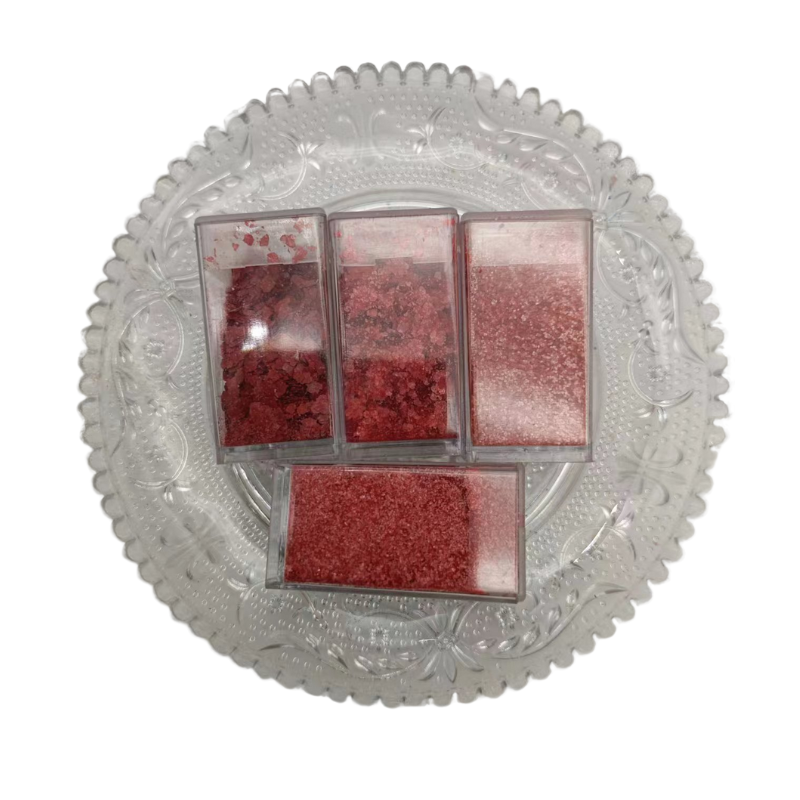
Current Trends in Activated Carbon Pricing per Ton in the Market
The Price of Activated Carbon Per Ton A Comprehensive Overview
Activated carbon, also known as activated charcoal, is a porous material that has a high surface area, making it effective for adsorption processes. It is widely used in various applications such as water purification, air filtration, and industrial processes. The price of activated carbon per ton can vary significantly depending on several factors including quality, type, source material, and market demand. This article aims to provide a detailed analysis of the factors affecting the price of activated carbon, its application areas, and the future outlook for the market.
Factors Influencing the Price of Activated Carbon
1. Raw Material Source The source of raw materials used to produce activated carbon significantly affects its price. Activated carbon can be made from various materials including coconut shells, wood, and coal. Coconut shell activated carbon is usually more expensive due to its superior adsorption properties and eco-friendliness. In contrast, coal-based activated carbon, while cheaper, may not be as effective in certain applications.
2. Production Process The manufacturing process of activated carbon also plays a crucial role in determining its price. Different processes, such as physical activation and chemical activation, can yield products with varying adsorption capacities, affecting their market value. The complexity and energy requirements of the production process also contribute to the overall cost.
3. Quality and Specifications The specifications of activated carbon, such as particle size, pore size distribution, and ash content, significantly influence its price. Higher quality products that meet strict regulatory standards often command higher prices due to their enhanced performance and reliability.
4. Market Demand and Supply The activated carbon market is influenced by the balance between demand and supply. In recent years, increasing concerns about water quality and air pollution have driven the demand for activated carbon in water treatment facilities and air purification technologies. Seasonal variations and market disruptions can also impact prices.
5. Geographical Variations The location of production and consumption of activated carbon can lead to price fluctuations. Regions with abundant raw materials may have lower prices, while areas with high demand and limited supply might experience higher costs.
Applications of Activated Carbon
activated carbon price per ton

Activated carbon is used in a wide range of applications that necessitate high-performance filtration and purification
. Some of the key areas include- Water Treatment Activated carbon is a critical component in water treatment processes, effectively removing contaminants such as chlorine, heavy metals, and organic compounds from drinking water.
- Air Purification In air filtration systems, activated carbon is utilized to remove odors, smoke, and volatile organic compounds (VOCs), ensuring cleaner air in residential and industrial settings.
- Industrial Uses Activated carbon is also employed in various industrial applications, including gold recovery, chemical processing, and the production of air and gas purification systems.
Future Outlook
As the global emphasis on environmental protection continues to grow, the activated carbon market is expected to expand. Innovations in production technologies and the development of more efficient activated carbon types could lead to changes in pricing structures. Furthermore, emerging applications in industries such as pharmaceuticals, food and beverage, and renewable energy are likely to contribute to increased demand.
However, challenges such as fluctuating raw material costs and competition from alternative filtration technologies could impact activated carbon prices in the medium to long term. Companies invested in this sector will need to adapt to changing market trends and consumer preferences to maintain profitability.
Conclusion
Understanding the pricing framework of activated carbon per ton requires a multifaceted approach that considers various influencing factors. While the demand for activated carbon continues to grow due to its essential role in environmental management, pricing dynamics will remain complex. Stakeholders in the activated carbon market should stay abreast of technological advancements and market trends to make informed decisions as the landscape evolves. As sustainability takes precedence, activated carbon is poised to be an integral component in addressing environmental challenges in the coming years.
Share
-
Premium Glass Sand Solutions | High Purity SupplyNewsAug.03,2025
-
Premium Talcum Powder Enhanced with GPT-4 Turbo | Soft & Long-LastingNewsAug.02,2025
-
Fly Ash Solutions Enhanced by GPT-4 Turbo | Sustainable InnovationNewsAug.01,2025
-
Natural Premium Bentonite Cat Litter - Superior ClumpingNewsJul.31,2025
-
Premium Resin Coated Sand - High Heat Resistance CastingNewsJul.31,2025
-
High Quality Silicon Carbide Grit for Abrasive ApplicationsNewsJul.30,2025






